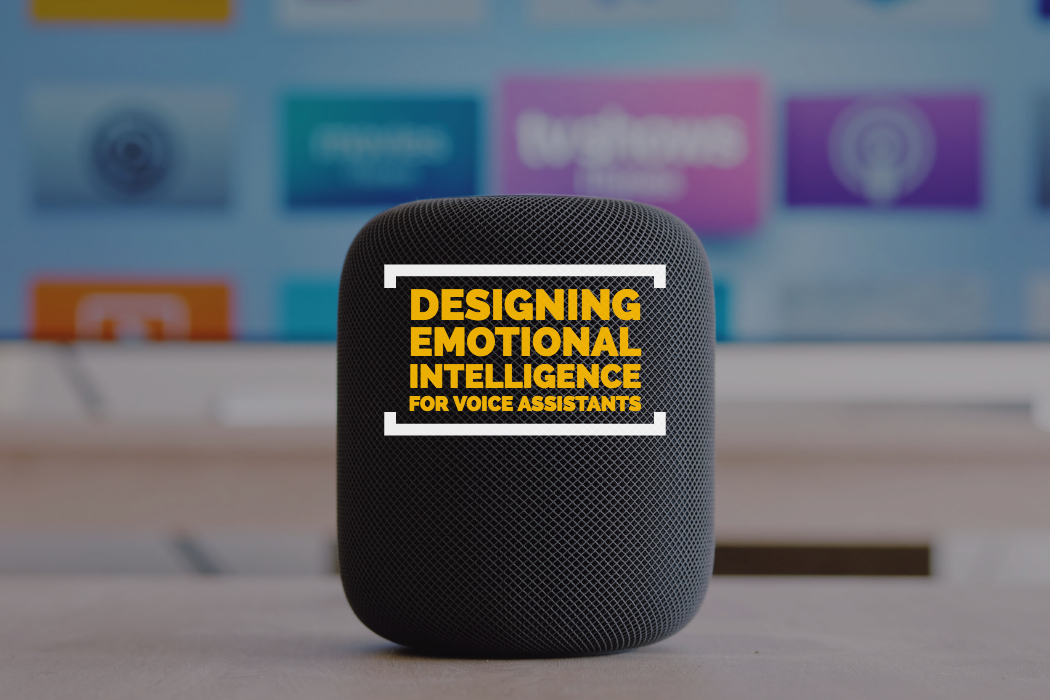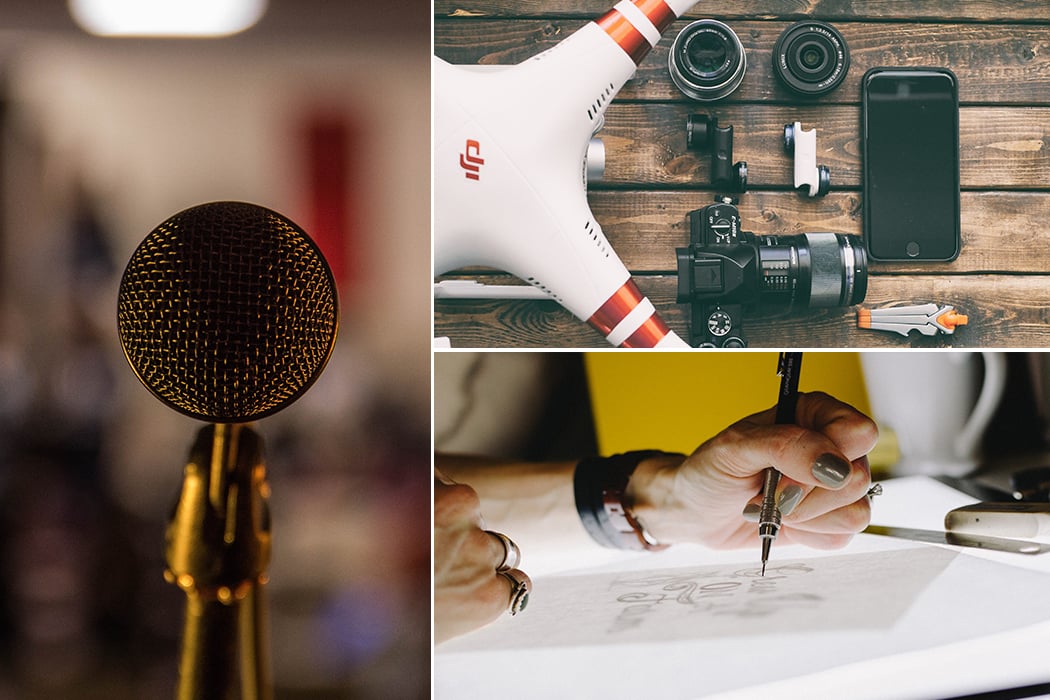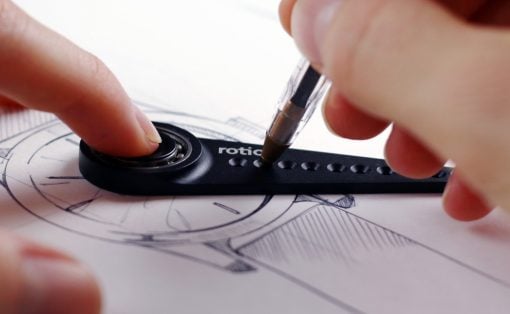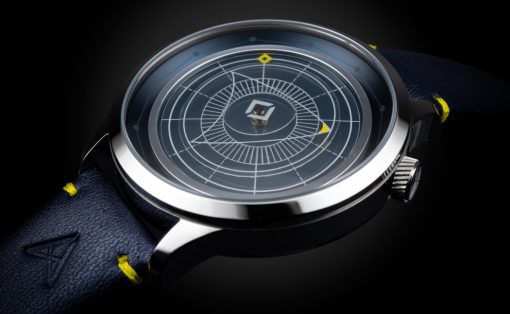We are coming up on the new wave of technology and innovation, with the ever-present default, a screen is being replaced by voice assistants. Designing interactions till date has always been about a human interaction with a visible medium, like a phone, a screen, a tablet or even a watch. But when you remove that tangible touch inspired element, what you are left with is a whole new aspect of communicating and igniting response to a voice. And that is the challenge that stood ahead of the designers working on voice assistants like Siri, Alexa and even for products like Google Home, where the physical product plays a secondary function as compared to the vocal communication. To discuss the challenges and how they overcame it, the designers look towards emotional intelligence, an aspect where you evoke the user’s emotions while they speak with this assistant. The article below from Idean presents some highlights from Phillip Hunter’s (Head of UX for Alexa Skills at Amazon) presentation and follow-up panel, which also included Ms. Phan (Principal UX Designer, IoT at Homma), and was moderated by Jon Fox (Idean’s Creative Director in Los Angeles)
Recruiting a talented and innovative designer? Post your requirement with YD Job Board to connect with some of the best designers on the planet.
Looking for an interesting job opportunity? Check out Yanko Design Job Board to find relevant job openings in the best design companies.
UX designers come from diverse backgrounds, but few skills are as indispensable to the modern UX designer as the ability to think critically about communication. This truth is even more apparent when designing for products without a screen. For products like these, the designer must prioritize the inherent intricacies of human interaction that, while complicated, is essential in building trust between the user and product. Without a screen, the only interface there is between a user and a product is the one cultivated by a UX team.
“We’re not very good at understanding what motivates us to take a particular course of action. Sit here. Now, tell me exactly how to stand up and take one step.” — Phillip Hunter
Idean’s Designing Emotional Intelligence panel tackled this intangible recently on a balmy night in Palo Alto as part of our Design Download event series. The guests were Phillip Hunter, Head of UX for Alexa Skills at Amazon, and Ha Phan, Principal UX Designer, IoT at Homma, whose collective experience designing for the emotional intelligence of products drew a sold-out attendance of local UX designers curious to learn more about the next frontier of experience design.
After Mr. Hunter’s presentation, during which he spoke in detail about the challenges inherent to designing for voice, the audience was encouraged to ask questions. The following are some highlights from his presentation and follow-up panel, which also included Ms. Phan, and was moderated by Jon Fox, Idean’s Creative Director in Los Angeles.
Communication is simple until it’s time to explain it. Most of us can recall the moment we, as students, learned our multiplication tables; or if we’re craftsmen, we can probably recall how we developed our craft. But when it comes to communication, we likely figured it out before we even knew what learning was. That makes deconstructing it, when we’re designing, more difficult because we have to assign meaning and methodology to parts of our emotional intelligence that we never thought we’d need to explain. Motivations are difficult to convey and even more complicated to design for.
Conversations happen for a variety of reasons. They can happen socially, such as when we tell stories to each other. They can also be transactional, such as when speaking to a cashier, and they can even have no purpose at all — simply “filler,” as when we listlessly ask strangers about their workday at a dinner party. It was important when designing Alexa, for Mr. Hunter and his team to take all modes of conversation into consideration. Doing so taught them just how nuanced even our most basic forms of communication can be. Saying “please,” for example, is a basic social construct that can have a dramatic effect depending on how often it’s incorporated into any given conversation. Imagine if Alexa only responded to a user if each question was delivered politely. Mr. Hunter and his team rigorously debated questions like this before landing on a solution for Alexa’s interface. When designing for voice, consider the essential emotional components of communication, including tone.
Establish trust by letting users know that products are designed for them. Highlighting how important trust is for any relationship, it’s especially relevant for a connection between a user and a product when a traditional interface, such as a screen, does not exist. To gain a user’s trust through voice, the Alexa team formulated a series of tenants used by humans when we interact: Hierarchy of information, intent, and the motivations behind our intent are some of them. Without trust, a user will revert to old habits, despite how inefficient or unbecoming they might be. Take a light switch, a dated tool that products like Alexa are disrupting by providing a reliable new platform that user’s trust when they need assistance in the living room.
Joy and fun. Lest we forget about the many ways we, as human beings, communicate for fun. We laugh at cat videos, make weird noises, and sing our way to happiness when our favorite songs play on the radio. For Alexa to be successful, it was important for Mr. Hunter’s design team to take the joy of communication into account as well. The reason why? When users have fun they learn to trust the product.
Data matters and so does how it’s collected. Ms. Phan and Mr. Hunter were adamant that products exist to serve the user, and the ethics of data collection must reflect it. The way we observe and evaluate our data is essential to the successful design of a product as well. The more emotionally complicated the interaction between user and product, the more rigorous we must be when evaluating our data. When it comes to interactions between user and product, without exploring the right data, designers might accidentally solve problems that don’t exist, missing the essential takeaways that users give them. Knowing what a user wants out of a product, and the motivations behind those intentions is important when we’re evaluating data because it establishes trust.
The relationship between hardware and software. When Homma was started, Ms. Phan explained that it wanted to be a software company exclusively. What they realized rather quickly, though, was that in order to achieve what they set out to accomplish, Homma would also need to design the hardware. Alexa’s Mr. Hunter added that, for his design team, the business model, when it comes to interaction, is to design for what’s beyond the box, to unlock access to something exciting within the hardware, like content or capabilities.
As a discipline, UX design is rapidly evolving. A field that began with screens has adapted into an environment where screens are becoming far less ubiquitous. The essential components of design remain the same, but the analytical and critical skills required to evolve into areas like voice, where screens are no longer necessary, are what will truly separate the designers of today from the inspired experience designers of tomorrow. Interactivity and communication are here, having blossomed into exciting, new frontiers that challenge designers like us to create products worthy of technology’s potential and our users’ attention.
The original write up by Idean here.
YD has published the best of Industrial Design for over 15 years, so the designers you want are already on our network. YD Job Boards is our endeavor to connect recruiters with our super talented audience. To recruit now, Post a Job with us!












